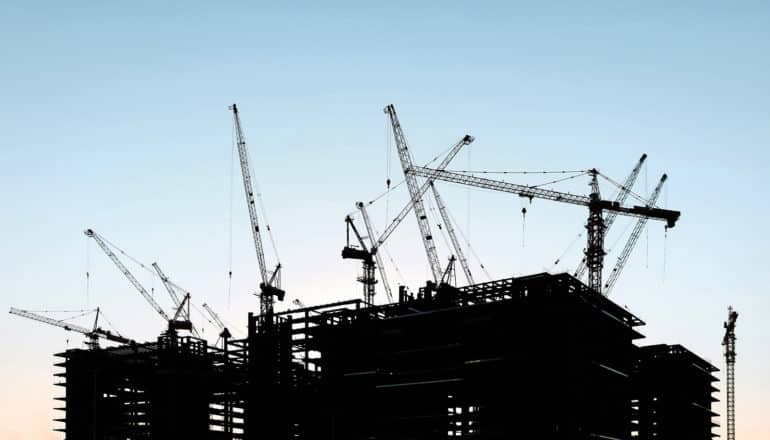
Urban expansion means more than 2 billion additional people will probably live in cities around the globe by the year 2030, researchers say.
The pace is equivalent to building a city the size of New York City every six weeks. Put another way, urban expansion into undeveloped land will destroy almost 112,000 square miles of natural habitat from 2000 to 2030—an area larger in size than the entire United Kingdom.
“Our planet is rapidly urbanizing,” says Burak Güneralp, assistant professor in the geography department at Texas A&M University.
“Our societies, on the other hand, benefit in many ways from the planet’s biodiversity and ecosystems. Therefore, we need to act quickly to understand the multitude of impacts this huge wave of urbanization is having on biodiversity and ecosystems so that we can develop appropriate policy responses to manage these impacts.”
The study also uncovered a bias in what scientists study.
After analyzing published papers about urban impacts on biodiversity, the authors discovered a large discrepancy between the focus of most studies and where the most severe impacts on biodiversity take place.
Their analysis revealed that 72% of studies of direct urban impacts on biodiversity are in high-income countries, while researchers project urban-caused natural habitat loss will be more severe in lower-income countries.
The direct effect of urban expansion on biodiversity will most severely affect the tropical moist forest biome where there are rapidly expanding urban areas, such as those along the Brazilian coast, in West Africa and Southeast Asia, the researchers say.
“Direct impacts of urbanization are any loss or fragmentation in natural habitats due to their conversion to urban land uses,” Güneralp says.
Indirect urban impacts on biodiversity, such as those due to food and energy consumption, are likely greater than direct impacts. For example, the amount of agricultural land required to feed the world’s cities is 36 times greater in size than the urban areas themselves.
The team’s analysis of biodiversity studies is important because it shows what scientists know—and don’t know—about how urban growth is affecting the diversity of life on Earth, the authors say.
Further, the lack of data on urban impacts on biodiversity in middle- and low-income countries could lead policymakers to underestimate the importance of the issue, emphasizing the need for further research.
The paper is published in Nature Sustainability. Additional coauthors are from the Nature Conservancy and Texas A&M. The German Research Foundation funded the work.
Source: Texas A&M University
The post 2B more people will likely live in cities by 2030 appeared first on Futurity.
from Futurity https://ift.tt/2Ox7daO
No comments:
Post a Comment